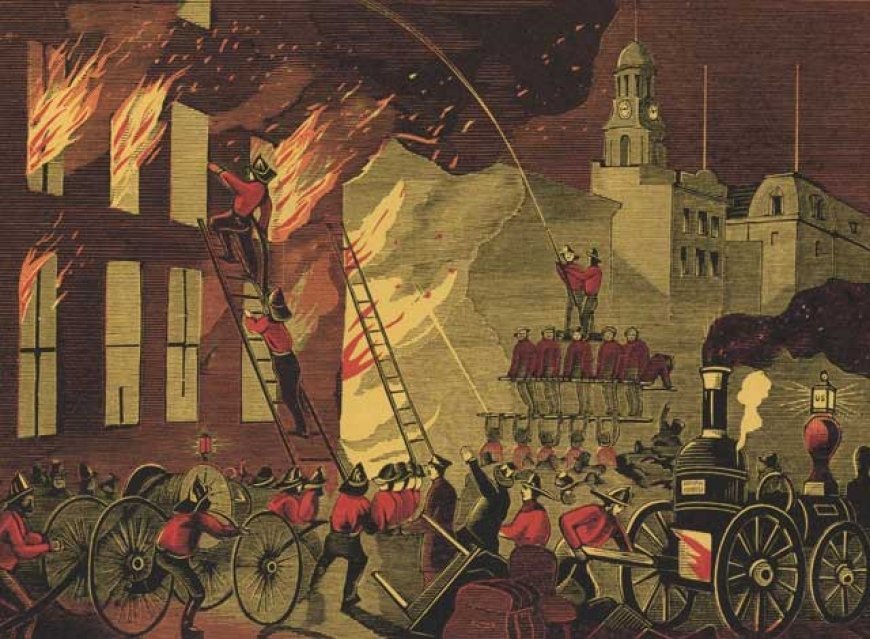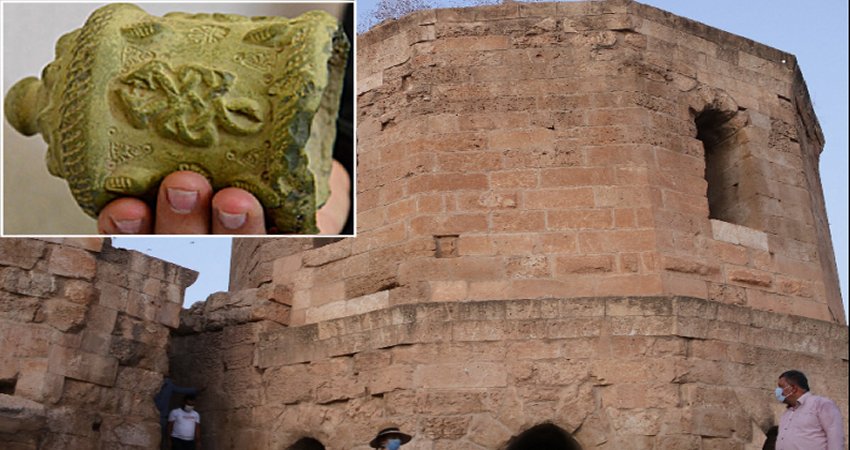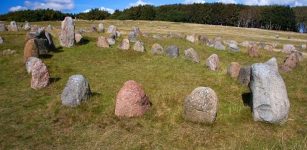Ancient Inventions Of Firefighting Vehicles
A. Sutherland – MessageToEagle.com – The city of Alexandria, Egypt had the first primitive device that was used to spray water was used in the city of In the third century BC., the ancient inventor Ctesibius, a Greek inventor and mathematician, made a pump; it was later improved by Heron in the first century B.C.
The remains of such a pump have been found both in Italy and in England.

In Rome, was a group of slaves, carrying around these advanced (for the time) pumps. The slaves called the Familia Publica, represented “the fire department” in Rome.
The Roman fires were violent and widespread so the slaves were usually slow to respond, guaranteeing their own safety. In the year 6 AD, almost 30 percent of Rome burned in a very large series of fires. The Emperor Augustus decided that this was much too high a cost, so he assembled a team of public firefighters, named the Vigiles.
In America, it was required that each house had a bucket of water on the front stoop during fires at night. The buckets were intended for use by the initial bucket brigade that would supply the water at fires. In 1719, Philadelphia obtained a hand-pumped fire engine and another model of this engine was used in Boston several years earlier.
See also: First Odometer Was Invented By Vitruvius Around 15 B.C.
The earliest engines were small and were either carried by four men, or mounted on skids and dragged to a fire. As the engines grew larger they became horse-drawn and later self-propelled by steam engines.

Two engines arrived to New York from London and on February 5, 1830, John Ericsson invented the first American steam-powered fire engine and in 1829, John Braithwaite (1797–1870), an English engineer invented the first steam fire engine.
In England in the sixteenth century, there were so-called “hand squirts.” These “squirts” were of very limited effectiveness for their capacity was only about two to four quarts of water, and usually, three men were required to operate them — two to hold the cylinder and one to work the plunger. Other people had to help in carrying to carry the water.
In the course of time, there was developed the “man-power” pumping engine with the rocking handle operated by two or more men, and mounted on a four-wheeled carriage drawn by men. This type of engine, which was improved upon from time to time, was used for many years. A few pieces of this type are still in existence.
Written by – A. Sutherland – MessageToEagle.com Senior Staff Writer
Copyright © MessageToeagle.com All rights reserved. This material may not be published, broadcast, rewritten or redistributed in whole or part without the express written permission of MessageToeagle.com
Expand for referencesRelated Posts
-
 Submerged Ancient Bridge Found In Genovesa Cave Reveals Humans Settled In Mediterranean Much Earlier Than Previously Thought
No Comments | Sep 17, 2024
Submerged Ancient Bridge Found In Genovesa Cave Reveals Humans Settled In Mediterranean Much Earlier Than Previously Thought
No Comments | Sep 17, 2024 -
 The Main Gate Of Historical 9th-Century Old Harran Palace Unearthed
No Comments | Oct 25, 2020
The Main Gate Of Historical 9th-Century Old Harran Palace Unearthed
No Comments | Oct 25, 2020 -
 Lindholm Høje Burial Site With 700 Graves Dated To The Iron And Viking Ages
No Comments | Nov 17, 2016
Lindholm Høje Burial Site With 700 Graves Dated To The Iron And Viking Ages
No Comments | Nov 17, 2016 -
 Machu Picchu Is Older Than Previously Thought – New Study Reveals
No Comments | Aug 4, 2021
Machu Picchu Is Older Than Previously Thought – New Study Reveals
No Comments | Aug 4, 2021 -
 How Is DNA Preserved In Archaeological Sediments For Thousands Of Years
No Comments | Jan 3, 2022
How Is DNA Preserved In Archaeological Sediments For Thousands Of Years
No Comments | Jan 3, 2022 -
 Katanga Cross: Symbol Of Secrets, Power And Valuable Currency Of The Congolese People
No Comments | Sep 14, 2016
Katanga Cross: Symbol Of Secrets, Power And Valuable Currency Of The Congolese People
No Comments | Sep 14, 2016 -
 Stele Of Tell al-Rimah And Deeds Of Assyrian King Adad-nirari Against Rebellious Kings
No Comments | Feb 23, 2022
Stele Of Tell al-Rimah And Deeds Of Assyrian King Adad-nirari Against Rebellious Kings
No Comments | Feb 23, 2022 -
 Meet Quetzalcoatlus – World’s Largest Flying Animal Had A Wingspan Of Up To 52 Feet (15.9 m)
No Comments | Apr 10, 2019
Meet Quetzalcoatlus – World’s Largest Flying Animal Had A Wingspan Of Up To 52 Feet (15.9 m)
No Comments | Apr 10, 2019 -
 Underwater Archaeologists Retrieve Over 100 Magnificent Glass Objects At Chengene Skele Bay, Bulgaria
No Comments | Jul 19, 2024
Underwater Archaeologists Retrieve Over 100 Magnificent Glass Objects At Chengene Skele Bay, Bulgaria
No Comments | Jul 19, 2024 -
 3,400-Year-Old Cuneiform Tablet Excavated In Old City Of Alalah
No Comments | Aug 22, 2020
3,400-Year-Old Cuneiform Tablet Excavated In Old City Of Alalah
No Comments | Aug 22, 2020
